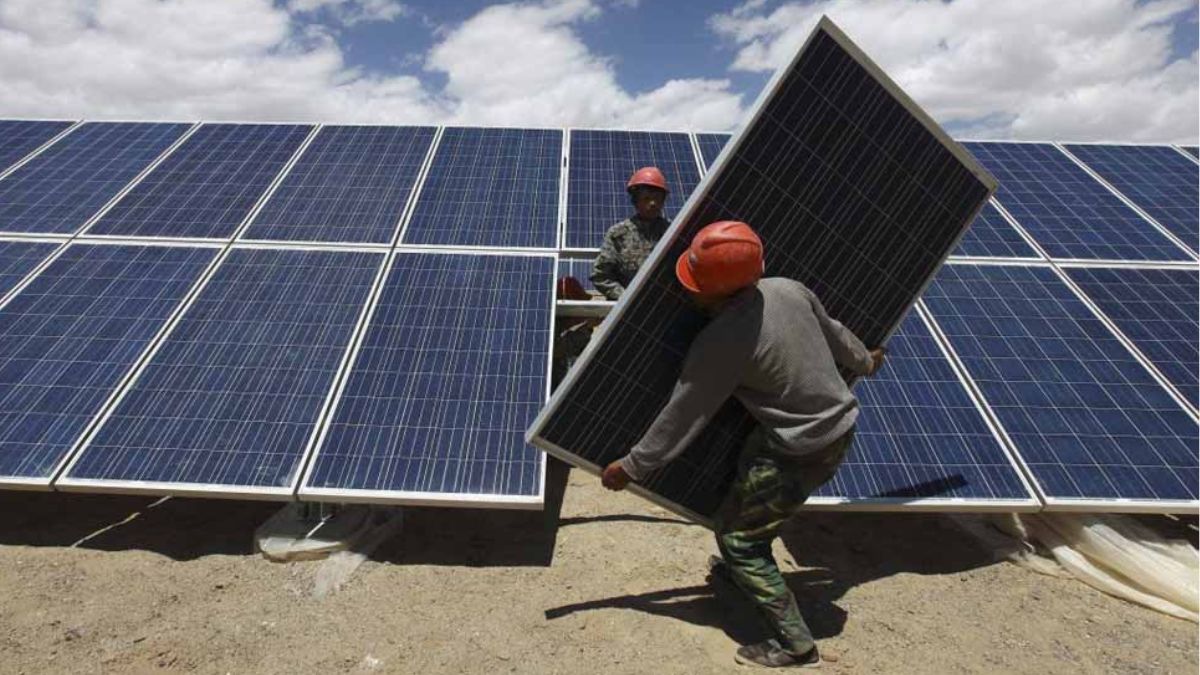These 2 states in India see highest residential rooftop solar adoption
 Representational image
Representational image
The Pradhan Mantri Surya Ghar Yojana (PMSGY), has led to the installation of 4.9GW of residential rooftop solar capacity until July 2025 across various states and UTs, with subsidy disbursements in excess of Rs 9,280 crores, but significant challenges remain.
A report by the Institute for Energy Economics and Financial Analysis (IEEFA) and JMK Research & Analytics has said that low consumer awareness and access to finance are barriers to adoption. Just as outdated perceptions of high upfront costs and maintenance.
Among the report’s key takeaways is that before the launch of the scheme last year, residential rooftop solar adoption was concentrated in the commercial and industrial segments.
Adoption in the residential sector was low due to high upfront costs and limited awareness. PMSGY addressed this gap by offering capital incentives and simplified procedures to make rooftop solar financially attractive for households.
While there is growing public interest in solar adoption under the programme, this is hampered by limited awareness of financing options, complex loan procedures, technical glitches in the grievance redressal system, and fragmented supply chains.
The last includes a short supply of solar components, such as panels, inverters, and mounting structures, which cause implementation delays.
Kerala and Gujarat lead in residential rooftop solar adoption
As of July 2025, the national installation-to-application conversion ratio under PMSGY stood at just 22.7 per cent, which means there is a lag between demand and actual installation.
Gujarat and Kerala lead with high conversion ratios of above 65 per cent, supported by a mature solar ecosystem, strong vendor base and high consumer awareness.
To accelerate residential rooftop solar deployment, several states have implemented financial incentives that either supplement the central subsidy or independently support consumers. States like Assam, Delhi, Goa, Uttar Pradesh, and Uttarakhand have introduced direct capital subsidies to offset high upfront installation costs.
Till July 2025, over 57.9 lakh applications had been submitted for residential rooftop solar installations.
However, despite a near fourfold increase in applications between March 2024 and July 2025, only 13.1 per cent of the target of 1 crore (10 million) installations and just 14.1 per cent of the allocated Rs 65,700 crore ($7.5 billion) in subsidies were released till July 2025. Given this context, achieving the FY2027 target of 30GW capacity seems difficult.
Under PMSGY, Gujarat leads all states with the highest installed residential rooftop solar capacity of 1,491MW, followed by Maharashtra, Uttar Pradesh, Kerala, and Rajasthan. These states together account for approximately 77.2 per cent of the total installed capacity (4,946 MW) under the scheme till July 2025.
Setting clear targets
Among the suggestions offered by the report is the setting of clear, time-bound rooftop solar capacity targets at the state level and strengthening the grievance redressal system.
To increase the conversion of applications into actual installations, state- and district-level facilitation cells should guide households in filing applications and claiming subsidies.
Marketing campaigns and consumer outreach initiatives can be taken up to educate potential adopters.
Another important suggestion is promoting the commoditisation of rooftop solar kits, with modules, inverters, mounting structures, and cables supplied as standardised, pre-assembled packages. This can simplify installation and minimise project delays.
Besides the provision of subsidies, the long-term success of PMSGY requires institutionalised streamlined digital processes, standardised product solutions, and consumer-centric support systems, the authors emphasise.
Business